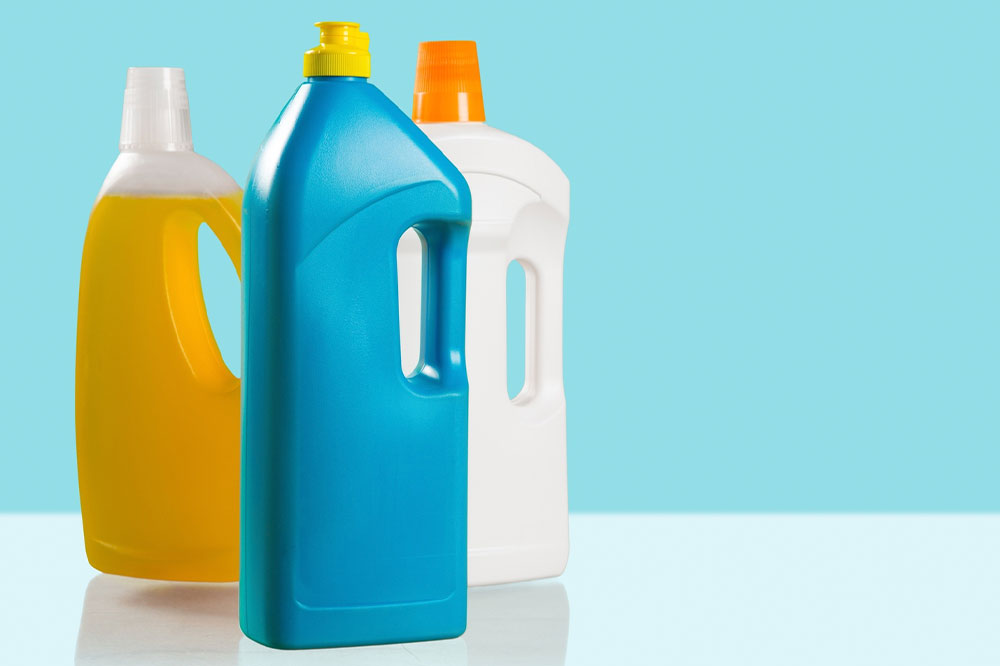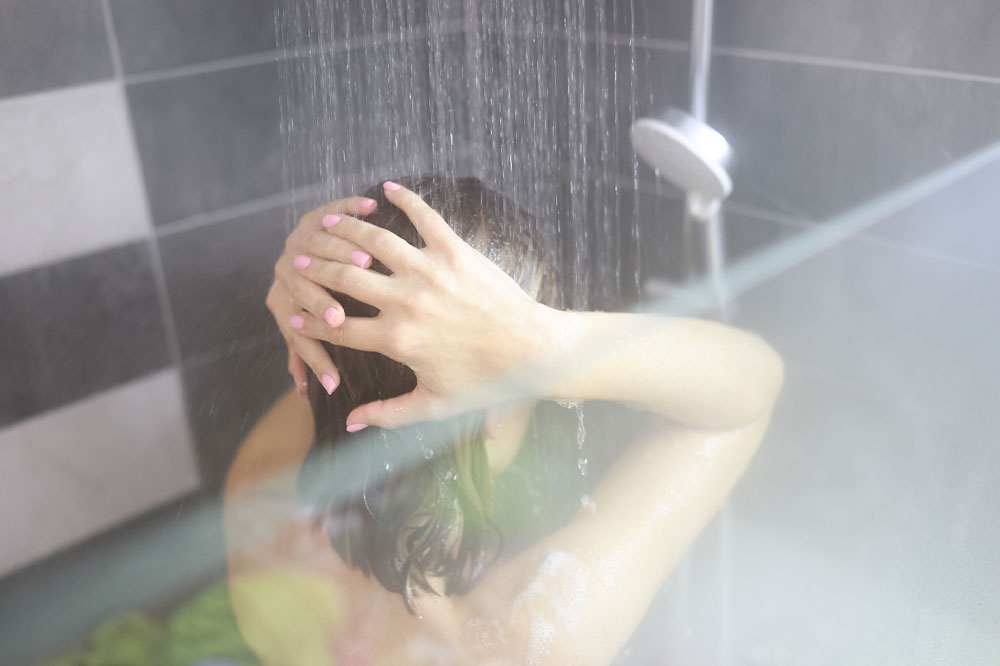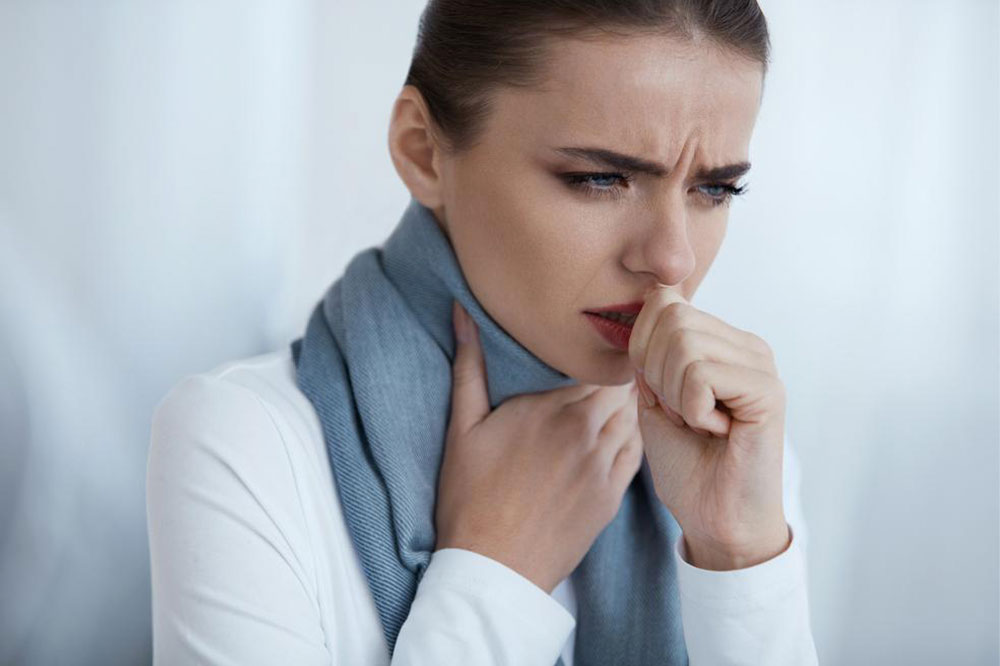10 types of laundry detergents for fresh clothes

A good detergent will leave your clothes stain-free, odor-free, and fresh-looking. And when it comes to choosing the best laundry detergent, there are endless options available in the market that promise fresh, fluffy, and clean clothes. Also, as there is no universal laundry detergent, you might need to buy a different kind of detergent for your fabrics. Therefore, here are some of the primary laundry detergents you should know about.
Powder detergents
Powder detergent is a popular choice among all the options. The detergent comprises tiny particles that dissolve quickly in water and soften hard water. This type of detergent is also cheaper compared to liquids and pods. Powder detergent is effective for heavily soiled clothes, such as grass, clay, or mud stains. The detergent also comes in eco-friendly packaging and can be used for machine and hand washing. Powder detergent also has a better shelf life and must be stored in a dry area. A drawback of powder detergent is that it does not always dissolve at lower temperatures. Also, the detergent can leave residue on the fabrics if not rinsed properly.
Liquid detergents
Liquid detergents are easy to use and are great for pre-treating stains before washing. This type of detergent dissolves quickly, even in cold water. Liquid detergents can effectively remove food, oil, or grease stains as they penetrate into the fabric’s fibers for stain removal while retaining the color of the garment. Therefore, you need to use the correct amount using the lines on the measuring cap for better results.
Detergent pods
Detergent pods are the most expensive of all types of laundry detergents. This detergent is convenient to use as it comes in water-soluble packaging. Each pod has a pre-measured dose of detergent and fabric softener, so there is no wastage while using it. Detergent pods are non-toxic and hypoallergenic, and suitable for sensitive skin. Pods can dissolve at any temperature and are ideal for people with the same size laundry load daily with little to no soil. The pods should be stored safely as they can be hazardous to babies and some vulnerable adults.
Laundry tablets
Laundry tablets are a version of laundry pods but are less preferred. The tablets contain pre-measured compressed washing powder eliminating the hassles of measuring. One of the cons of using laundry tablets is that they dissolve more slowly than powder or liquid.
HE (high-efficiency) detergents
This type of detergent is meant for high-efficiency washers that use significantly less water than regular washers. HE detergents are more suitable for front or top-load washing machines as they do not cause foaming, making it easier to rinse the detergent using minimal water. This type of detergent costs more than regular detergent, but the benefit is that it offers a condensed cleaning power allowing you to use it for longer.
Detergent sheets
Laundry detergent sheets are the latest eco-friendly alternative to powder and liquid detergents. These concentrated laundry detergent sheets are plastic-free, and their ingredients are in the dissolvable paper. They are hypoallergenic and can dissolve in both cold and hot water. These sheets work with all types of washers.
Specialty laundry detergents
These detergents are made for delicate fabrics and do not contain harsh chemicals such as enzymes or bleaching agents. Specialty laundry detergents are gentle on the fabric and are ideal for fibers such as wool or silk that require utmost care. Using regular laundry detergent will degrade the fabric quickly. This type of detergent uses essential oils for fragrance instead of synthetic fragrances.
Combination detergent
This type of detergent is formulated to do two jobs, increasing the detergent’s performance. For example, a combination detergent may contain enzymes that work for stains and are gentle on color pigments. Or the detergent may have a built-in fabric softener or may come with a bleach alternative.
Color-safe detergents
This type of detergent is ideal for washing colored clothes. Color-safe detergents prevent clothes from fading, making them look radiant and fresh.
Hypoallergenic detergents
Hypoallergenic detergent is a go-to laundry detergent for those with allergies, asthma, and babies and children. These detergents are usually dermatologically tested, allergen free, and certified as safe on the skin.
Choosing a suitable detergent will largely depend on what works best for your clothes and your personal preferences. To make your task easier, here are some factors you can consider while buying laundry detergent.
Water temperature
Laundry detergents dissolve better in certain water temperatures. For example, if the water is of a lower temperature, powder detergent may not dissolve properly and leave behind residue. Liquid detergents or pods can quickly dissolve in water regardless of the temperature.
Sensitivity
For people with sensitive skin, choosing a laundry detergent requires extra care. Therefore, opting for a dye and fragrance-free hypoallergenic laundry detergent is best.
Type of washing machine
Pick a detergent that is compatible with your laundry machine. For example – if you have a high-efficiency machine, you should go for high-efficiency detergent to prevent excessive suds from forming in your machine.
Type of clothing
If your laundry consists of stained clothes, you must choose a detergent that benefits stain-fighting. For fabrics such as wool and silk, you can use special detergents that are gentle on the fabric. For colored clothes, it is recommended to use a color-safe detergent that does not fade your clothes but keeps them looking good like before.
Environment-friendly
If you care for the environment, you can choose an eco-friendly laundry detergent. Such type of detergents is made from bio-degradable materials and are phosphate free.
Price
The most economical option for doing laundry is powder detergent. While liquid detergent and pods are convenient, liquid detergent is not expensive, unlike pods.
Using a suitable detergent can make a huge difference in your laundry. All of the above different types of laundry detergents have their benefits and give you fresh clothes. So, the next time you shop for detergent, you will know what is best suited to your laundry routine.


